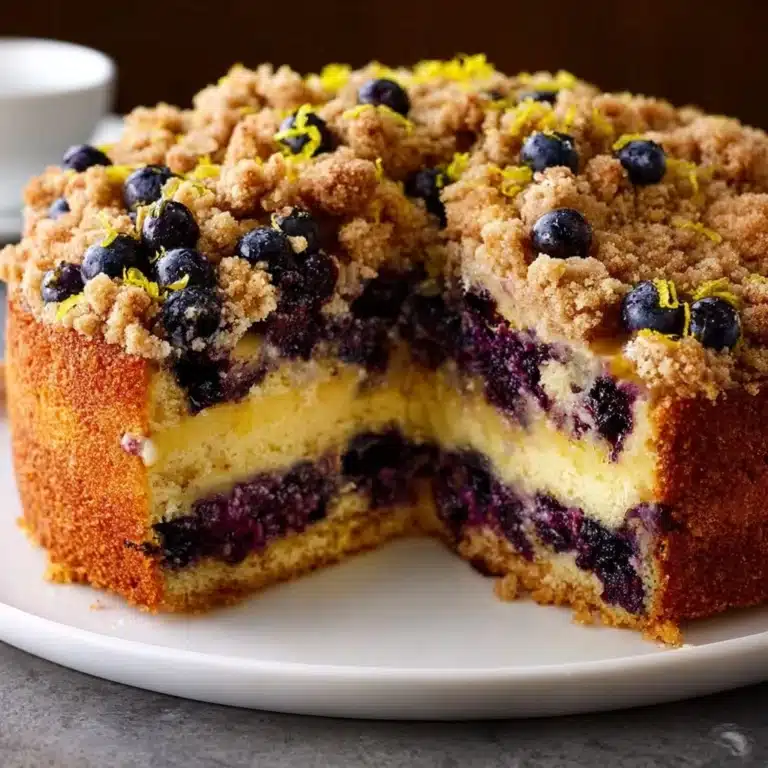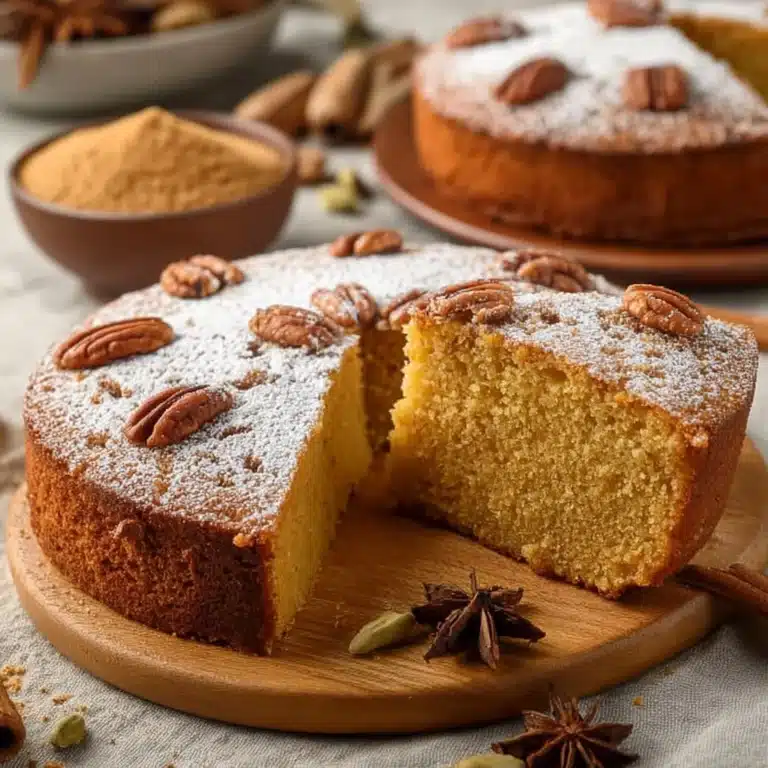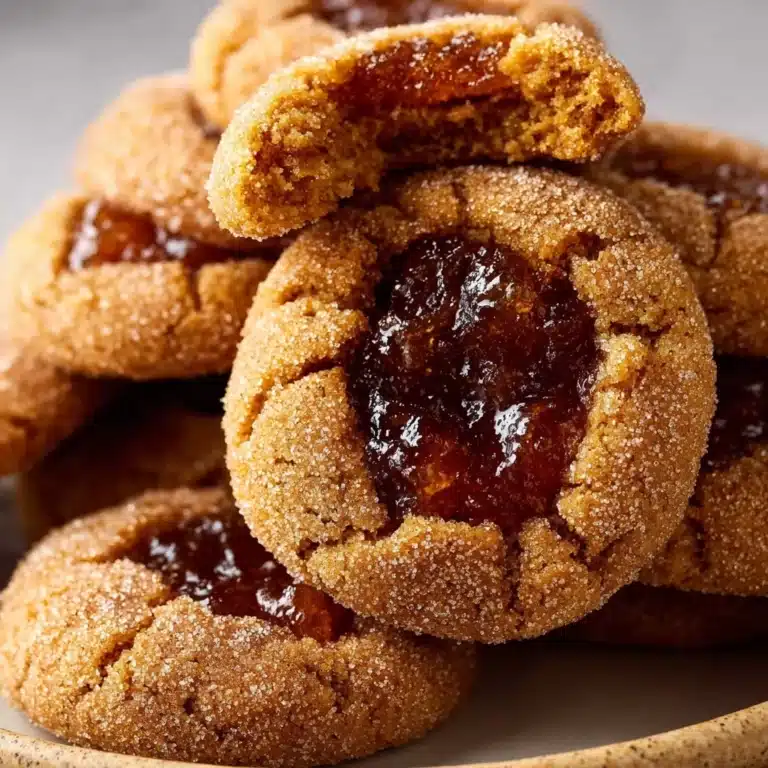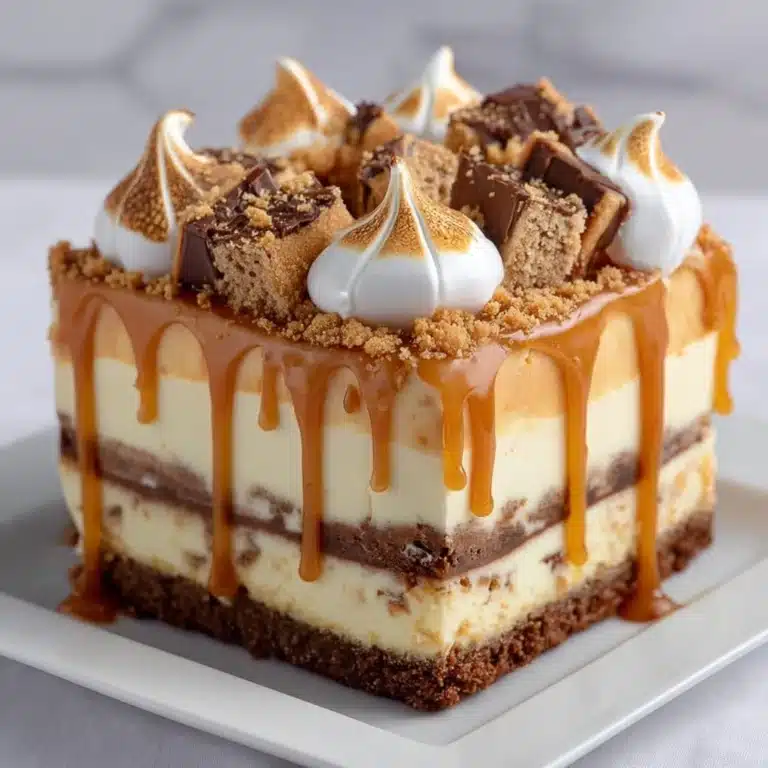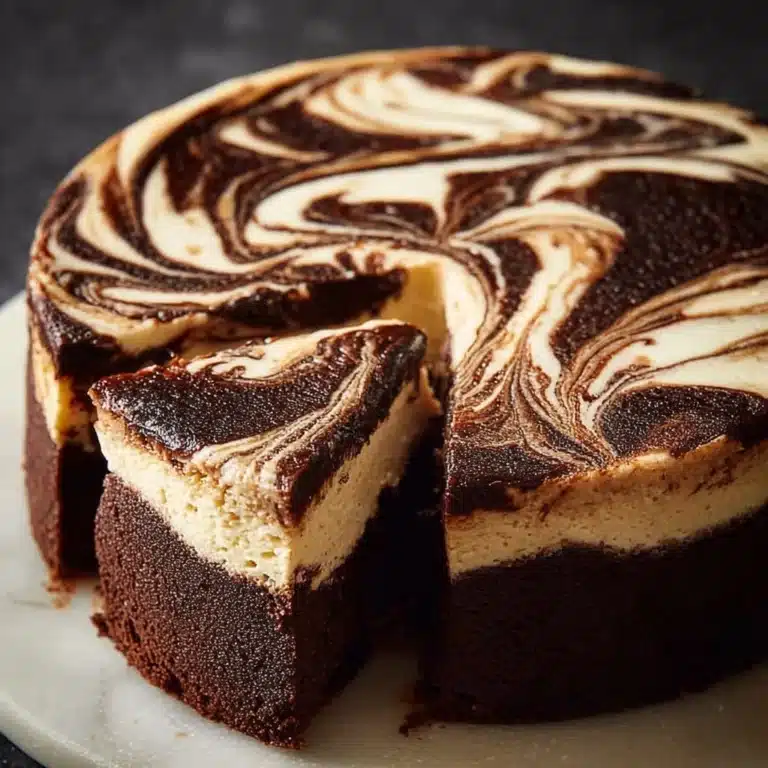Japanese Castella Cake Recipe
If there’s one dessert that truly embodies the understated elegance of Japanese baking, it’s the Japanese Castella Cake. With its honeyed aroma, golden top, and impossibly fluffy, tender crumb, this classic sponge cake has found a place in my heart (and many Japanese bakeries) for good reason. Whether you’re already a fan or discovering this treat for the first time, prepare to fall in love with every carefully crafted, sweet, and springy bite!
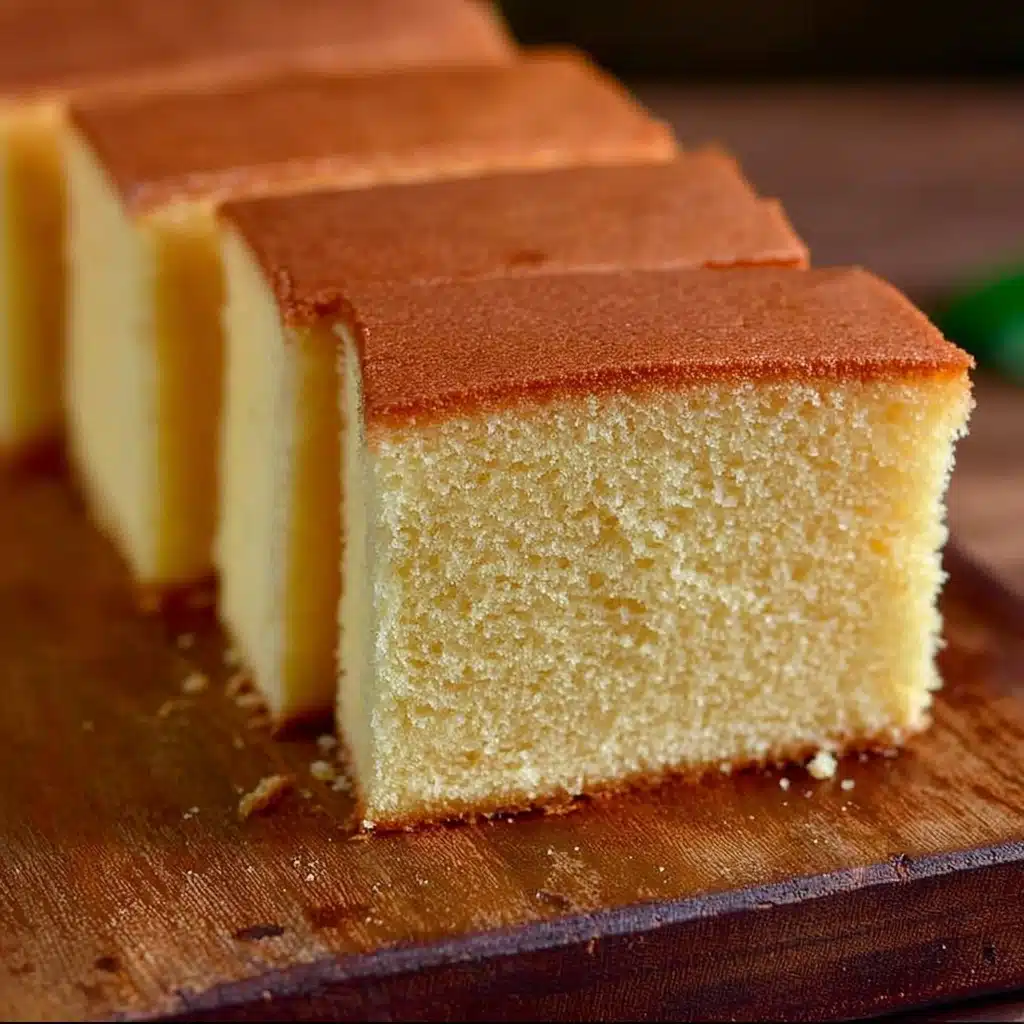
Ingredients You’ll Need
Japanese Castella Cake relies on just a handful of basic pantry staples—each one playing an essential role in creating its iconic texture and delicate flavor. Let’s break down what you’ll need and why it matters.
- Eggs (6 large, room temperature): The key to Castella’s signature fluff—they provide lift, moisture, and that beautiful, bouncy crumb.
- Granulated Sugar (1 cup/200g): Not just for sweetness, but also for building structure and an airy texture as the eggs whip up.
- Bread Flour (1 cup/120g, sifted): Sifting removes lumps and ensures a super-tender cake; bread flour’s slightly higher protein content helps maintain structure without heaviness.
- Honey (2 tablespoons/30g): Adds subtle floral notes and a gorgeous golden glow to the cake, plus helps it stay moist for days.
- Warm Milk (2 tablespoons/30ml): Gently dissolves the honey, blends flavors, and keeps every bite soft and luscious.
How to Make Japanese Castella Cake
Step 1: Prep Your Pan and Oven
Start by fully lining a loaf pan (or a traditional 7×3-inch wooden mold if you’re feeling fancy) with parchment paper—making sure it covers all sides for a perfect release. Preheat your oven to 160°C (320°F) and position a rack in the center. This ensures your Japanese Castella Cake bakes evenly, with a beautiful flat top.
Step 2: Whip the Eggs and Sugar
Crack all six eggs into a large mixing bowl. Using a hand mixer or stand mixer on high speed, beat until the eggs get foamy. Gradually sprinkle in the sugar, and keep mixing for about 8 to 10 minutes—this is longer than most sponges! You’ll know you’re there when the mixture is pale, thick, and forms ribbons that slowly disappear when drizzled back onto itself. This step is what gives Japanese Castella Cake its cloud-like crumb.
Step 3: Mix the Honey and Milk
In a small bowl, gently stir the honey and warm milk together until the honey is fully dissolved. Warm milk helps everything blend smoothly, and those floral honey notes will infuse every bite of your Castella cake.
Step 4: Fold in the Flour and Honey Mixture
Reduce your mixer to low (or switch to a spatula for more control). Sift in the bread flour in three additions, folding gently after each. You want to keep all that precious air you just whipped in. Add the honey-milk mixture and fold until the batter is smooth and uniform—try not to overmix; a few gentle turns will do the trick. This care is what keeps your Japanese Castella Cake so plush and light!
Step 5: Pour and Tap
Pour your silky batter into the prepared pan, using a spatula to smooth the surface. Gently tap the pan against the counter to knock out any big air bubbles—this keeps the crumb tight and even.
Step 6: Bake in a Water Bath
Now for the signature Castella move: place your cake pan into a larger pan and add hot water to create a soothing water bath. Slide the whole setup into your preheated oven and bake for 50 to 60 minutes. The water bath means gentle, steady heat, resulting in that uniquely moist, fine-textured Japanese Castella Cake.
Step 7: Cool and Wrap
As soon as it’s done (when a toothpick comes out clean and the top is golden), lift the cake from the pan using the parchment paper. While the cake is still warm, wrap it snugly in plastic wrap. This locks in moisture and gives Castella its famous melt-in-your-mouth texture. Let it cool completely—and if you can bear the wait, refrigerate overnight for absolute perfection.
How to Serve Japanese Castella Cake
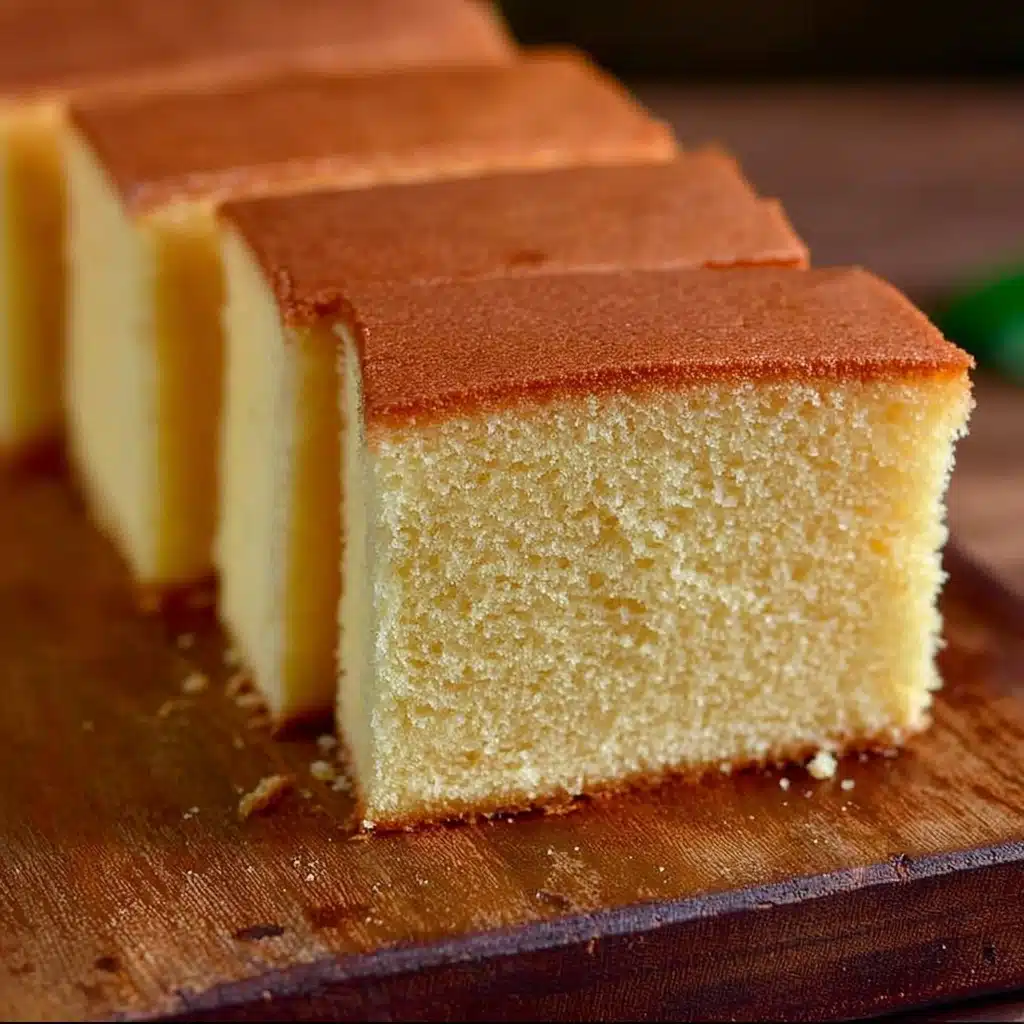
Garnishes
Dust the top with a cloud of powdered sugar for a delicate finish, or drizzle a thread of honey to echo that tantalizing aroma. Fresh berries, a sprig of mint, or even edible flowers are gorgeous, minimalist touches that highlight the cake’s natural beauty.
Side Dishes
I love pairing a slice of Japanese Castella Cake with hot matcha or loose-leaf green tea—something about the bittersweet edge of tea is such a perfect counterpoint to the cake’s gentle sweetness. For a dessert platter, try offering tiny scoops of black sesame ice cream or sliced seasonal fruit alongside.
Creative Ways to Present
Cubed pieces on a fancy tiered tray are a showstopper at afternoon tea. Or, layer thin slices with whipped cream and berries for an elegant Castella parfait. Japanese Castella Cake holds together beautifully, so you can even cut it into fun shapes for a bento box treat. The possibilities are as endless as your imagination!
Make Ahead and Storage
Storing Leftovers
Keep any leftover Japanese Castella Cake wrapped tightly in plastic wrap or an airtight container. Stored at room temperature, it stays moist and tender for up to three days—though good luck not sneaking slices sooner!
Freezing
If you’d like to make a batch ahead, Japanese Castella Cake freezes surprisingly well. Slice the cooled cake and wrap each piece individually in plastic wrap, then place in a zip-top bag or freezer-safe container. They’ll stay lovely for up to a month—just thaw overnight in the fridge and enjoy.
Reheating
While Castella is delicious straight from the fridge, you can gently bring slices to room temperature or warm briefly (10 seconds at most!) in the microwave. This revives that freshly-baked softness without drying out the crumb.
FAQs
Can I use all-purpose flour instead of bread flour?
You can substitute it in a pinch, but bread flour truly gives Japanese Castella Cake its springy, structured crumb. All-purpose flour may result in a softer, less bouncy texture, but your cake will still be tasty!
Why does my Castella cake sometimes sink in the middle?
This often happens if the batter is overmixed or if your oven temperature is too low. Take care when folding the ingredients and double-check your oven’s heat using an oven thermometer for the best results.
How do I get those perfect, smooth edges?
Using parchment paper to fully line your pan is the trick! It allows you to lift the cake out neatly, and wrapping the warm cake helps prevent the crust from drying out and curling away from the edges.
Can I add flavors to Japanese Castella Cake?
Absolutely! While the classic is all about honey’s gentle sweetness, you can swirl in a little yuzu zest, matcha powder, or even a dash of vanilla for a personalized touch. Just don’t add extra liquid, as it could affect the texture.
Why is it important to refrigerate overnight before slicing?
Letting your cake rest in the fridge overnight allows the flavors to mellow and the crumb to set, so every bite is moist, cohesive, and just as authentic as what you’d find in a Japanese bakery.
Final Thoughts
Homemade Japanese Castella Cake is a true celebration of simple ingredients and careful techniques that anyone can master. If you’ve never tried making it before, I can’t wait for you to experience that first soft, honey-perfumed slice—it’s such a rewarding bake! Grab your eggs and bread flour and let the magic begin!


